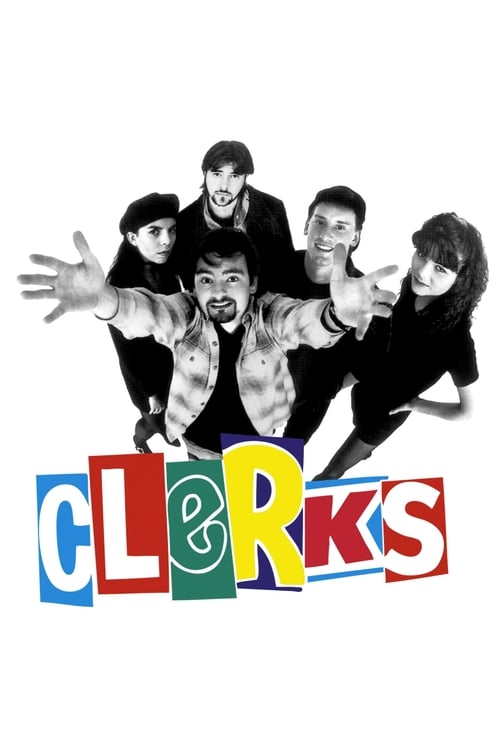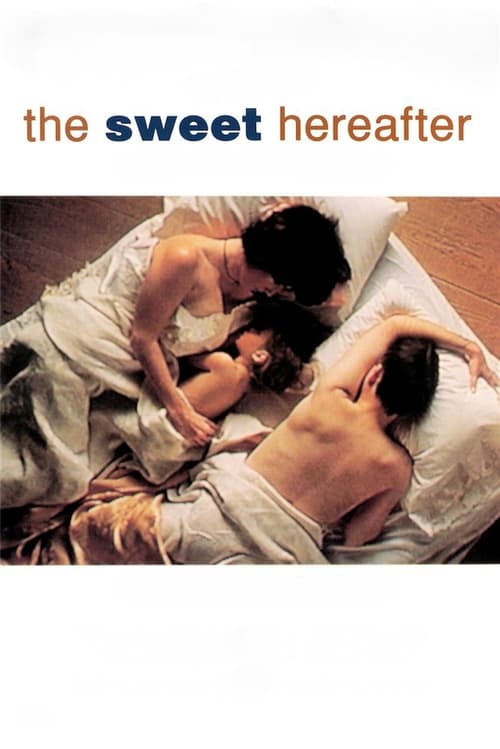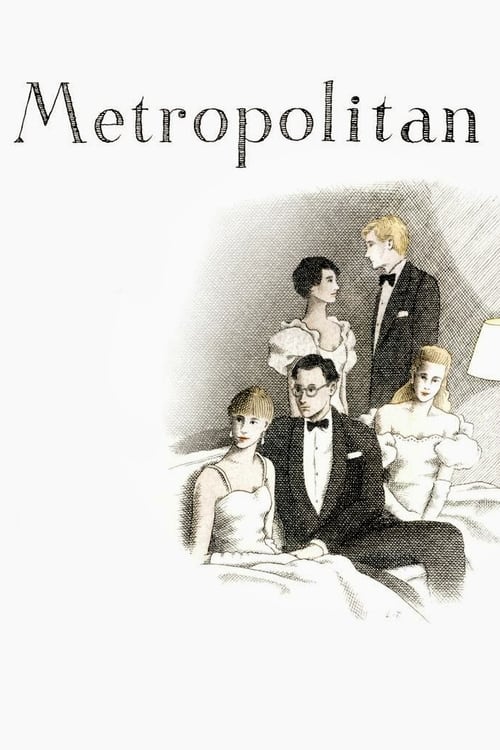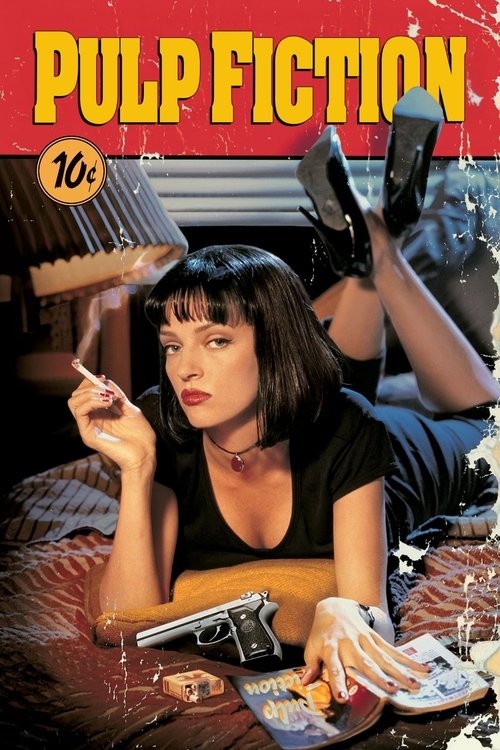1990s: Independent Renaissance
Sundance and artistic freedom
The 1990s witnessed an unprecedented flowering of independent cinema in America, as a new generation of filmmakers gained access to affordable digital technology and found new distribution channels through festivals like Sundance. This independent renaissance challenged Hollywood's dominance while creating a parallel film culture that valued artistic vision over commercial formulas.
The decade's independent movement crystallized around Robert Redford's Sundance Film Festival, which transformed from a small regional gathering into the launching pad for a new kind of American cinema. The festival's early successes included "sex, lies, and videotape" (1989), which demonstrated that intimate, character-driven stories could find both critical acclaim and commercial success. Steven Soderbergh's breakthrough film cost just $1.2 million but earned over $36 million worldwide, proving that audiences were hungry for alternatives to big-budget blockbusters. The film's success established the template for 1990s independent cinema: personal stories, minimal budgets, and innovative distribution strategies that bypassed traditional studio gatekeepers.
Quentin Tarantino's "Pulp Fiction" (1994) represented the independent movement's artistic and commercial peak, earning $214 million worldwide and fundamentally changing how movies could be structured and marketed. Tarantino's postmodern approach—nonlinear narratives, genre pastiche, and pop culture references—influenced an entire generation of filmmakers. His collaboration with producer Lawrence Bender and distributor Miramax established new models for independent production and marketing that emphasized auteur branding and cultural controversy. The film's success at Cannes and the Academy Awards proved that independent cinema could compete directly with studio productions for critical prestige and popular attention.
The independent movement provided unprecedented opportunities for filmmakers from diverse backgrounds and regions. Spike Lee's "Do the Right Thing" (1989) and "Malcolm X" (1992) demonstrated how independent financing could support politically challenging material, while John Singleton's "Boyz n the Hood" (1991) brought inner-city perspectives to mainstream attention. Meanwhile, regional filmmakers like the Coen Brothers, Jim Jarmusch, and Hal Hartley developed distinctive voices that reflected specific American localities and sensibilities. This geographic and cultural diversity enriched American cinema, providing alternatives to the homogenized entertainment typically produced by major studios.
The availability of affordable digital video equipment revolutionized independent production, allowing filmmakers to create feature films for unprecedented low budgets. Kevin Smith's "Clerks" (1994), shot for just $27,575 on 16mm black-and-white film, proved that compelling storytelling could overcome technical limitations. Distributors like Miramax, Fine Line, and Sony Pictures Classics emerged as specialized arms of major studios, creating new pathways for independent films to reach audiences. The decade also saw the rise of video rental chains and later DVD sales, which provided additional revenue streams that made independent production financially viable. This technological and distribution infrastructure enabled the creative explosion that defined 1990s independent cinema.
More Ideas

Clerks
(1994)
Kevin Smith's micro-budget convenience store comedy
Streaming on Netflix

Welcome to the Dollhouse
(1995)
Todd Solondz's dark suburban comedy
Streaming on Criterion Channel

The Sweet Hereafter
(1997)
Atom Egoyan's haunting drama about community tragedy
Streaming on Criterion Channel

Metropolitan
(1990)
Whit Stillman's sophisticated comedy of manners
Streaming on HBO Max







